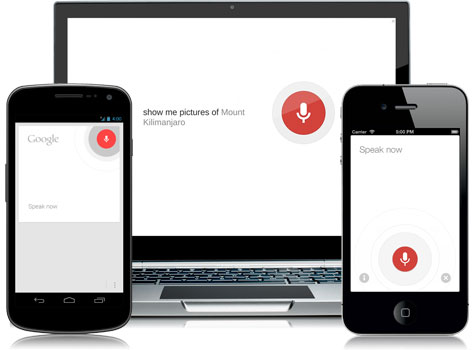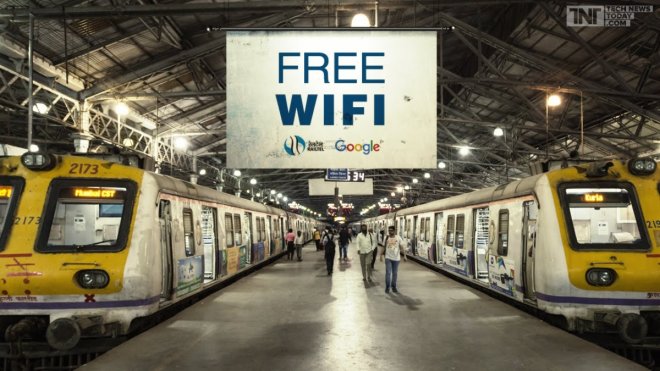India is currently the fastest growing market that every other tech behemoth wants to capture before others do. On this 71st Independence Day of India, let's look at the efforts made by the largest online giant Google in India, which has recently announced that it will be adding support for voice search in eight more regional languages, along with Hindi which is already available.

The new regional languages, that Google will support in his voice search from now on, are Gujarati, Kannada, Malayalam, Marathi, Tamil, Telugu, and Urdu. The Indian users will be able to avail it both in Gboard on Android and in the search feature of the Google app, which is available on both Android and iOS versions.
Speaking at length about their effort, Google said, "Using voice to dictate a message is not just convenient, but it is also up to three times faster than typing. The new language support will also enhance voice typing on Gboard, helping users to respond to emails on the go and send texts within messaging apps."
One should also point out that Reliance Jio, a new entrant in the Indian telecommunication sector, owned by India's richest person Mukesh Ambani, is also banking on voice rather than typing. The firm which has been a major disruptor is now bringing a 4G VoLTE smart feature phone for the emerging mobile market of India. It hopes to woo the Indian audience with a dedicated button in its handset that allows users to make searches online by using their voice.
India is slowly becoming the center of attention for all handset makers and firms like Google whose mobile OS is in vogue. The Indian market contains more than 300 million smartphone users and 420 million mobile Internet users and Internet giants are banking on dedicated services to capture this audience.
As India's Internet services leave much to be desired, the most popular social media platform Facebook has also customized its mobile app exclusively for India by bringing forward Facebook Lite and Messenger Lite, which are essentially the stripped down versions so tha tehy can function properly even in areas that have a poor Internet connection.
Over the years, Google too, has introduced several features tailor-made for the Indian users. The tech giant understands that India is a vast country with several languages and banking on English language only wouldn't improve its chances. Therefore, it had tweaked its voice search earlier to make it more tuned to Indian accents. It had previously brought features like Google Translation, Gboard and Google Maps to cater to the Indian audience as well.
Understanding that a considerable section of the demography had onboard storage problems as they used lower-end smartphones, Google brought Progressive Web Apps to India, which allowed developers to create a lighter version of their apps, suitably placed on the home-screen of the users' device and he/she wouldn't need to download the app from the Play Store. This has given both developers and users considerable freedom to make use of many apps on their devices.

A beta version of YouTube, the video sharing platform of Google, was also introduced to the Indian audience. This was aimed at providing respite to thousands of citizens against inconsistent data speed and steep data plans. By making use of this app, users can preview, save videos offline consuming minimal data. Google also provides free Wi-Fi Internet services at 140 railway stations across India, the speed of which ranges from 20Mbps to 40Mbps.
To make the Indian rural women digitally aware, the tech giant has recently launched an initiative called Internet Saathi. Under this initiative, along with Tata Trusts, Google teaches women how to make use of the Internet in order to learn and discover new things. This new initiative has gained tremendous momentum in the country.
The volunteers under this program are associated with Google and they are given low-end Android smartphones and tablets from Indian brands like Lava and Celkon along with data connectivity. While the first pilot of this digital literacy program was launched in July 2015 in Rajasthan, earlier this month the company had announced that its Internet Saathi initiative has reached already 100,000 villages across the country.









